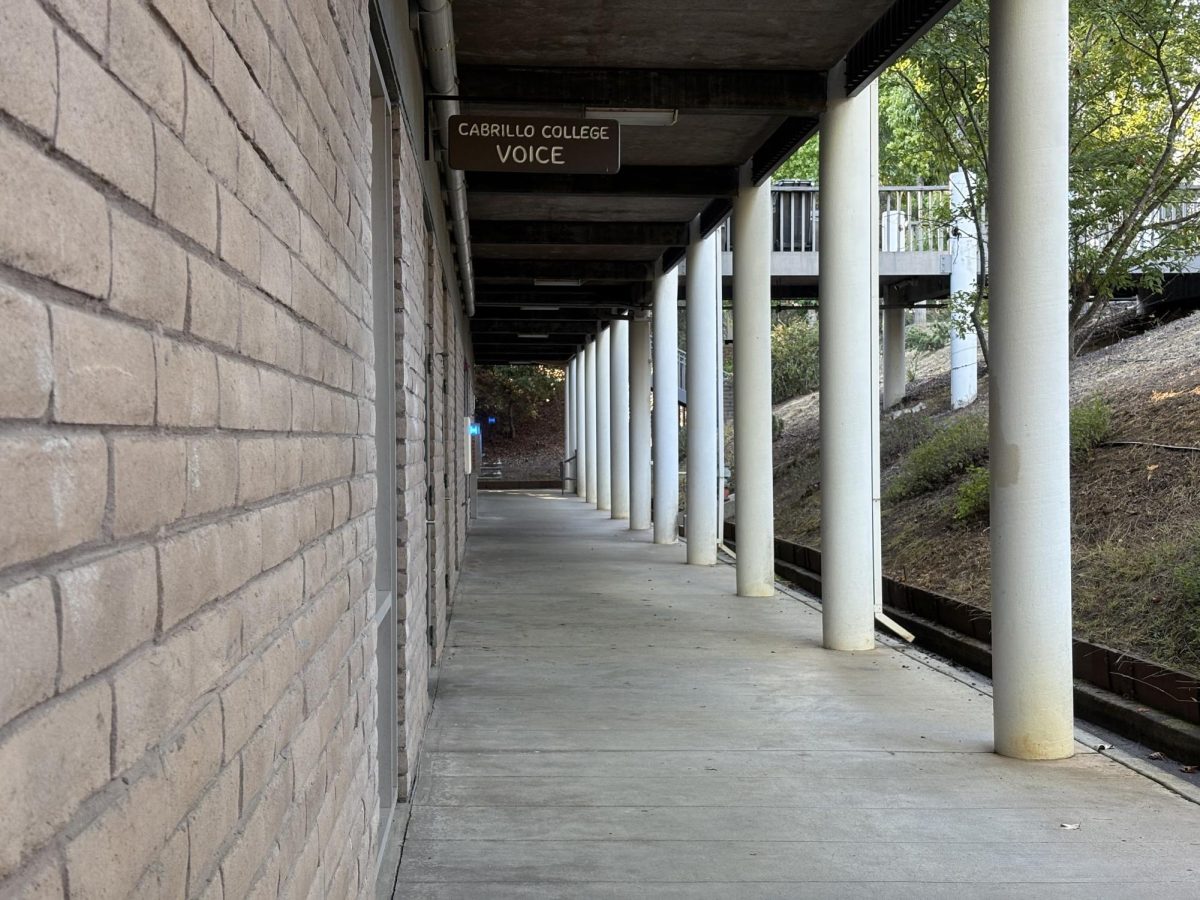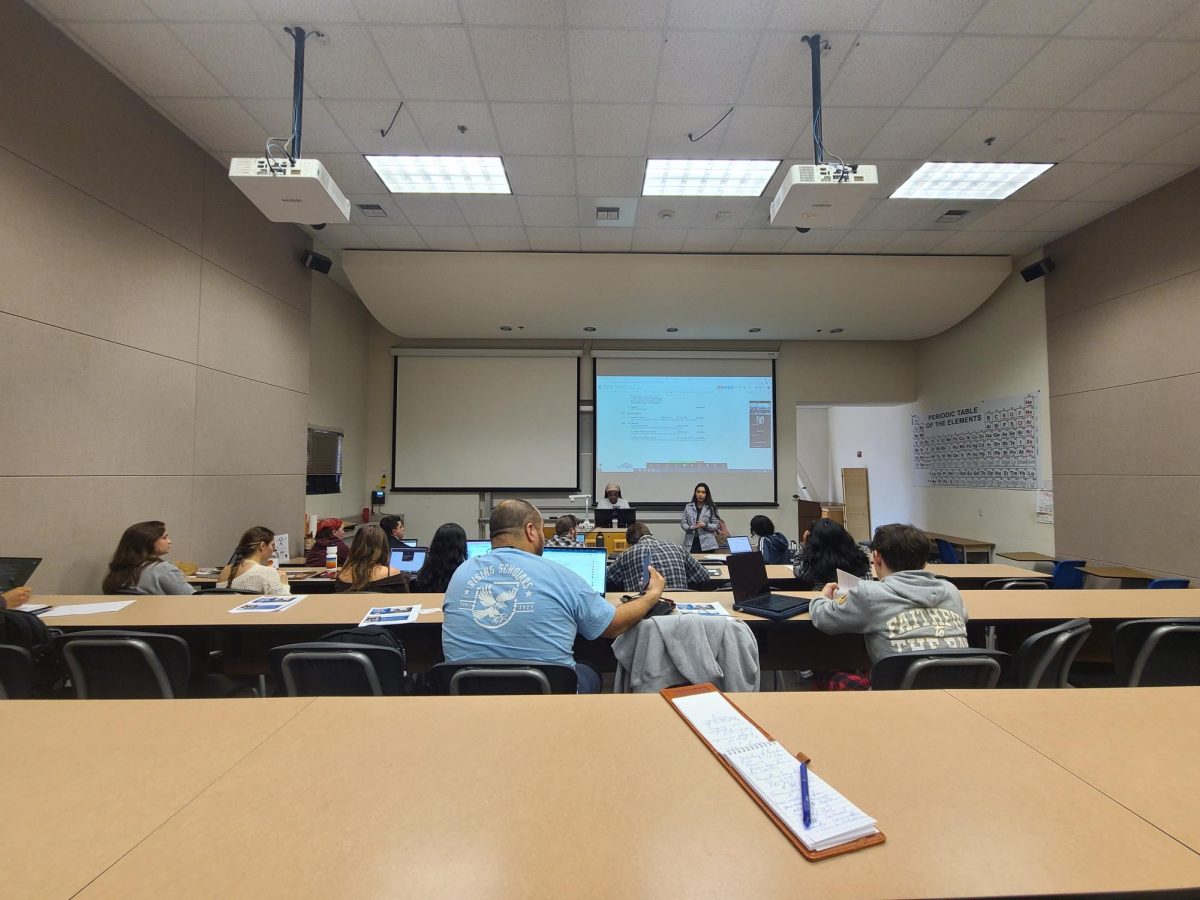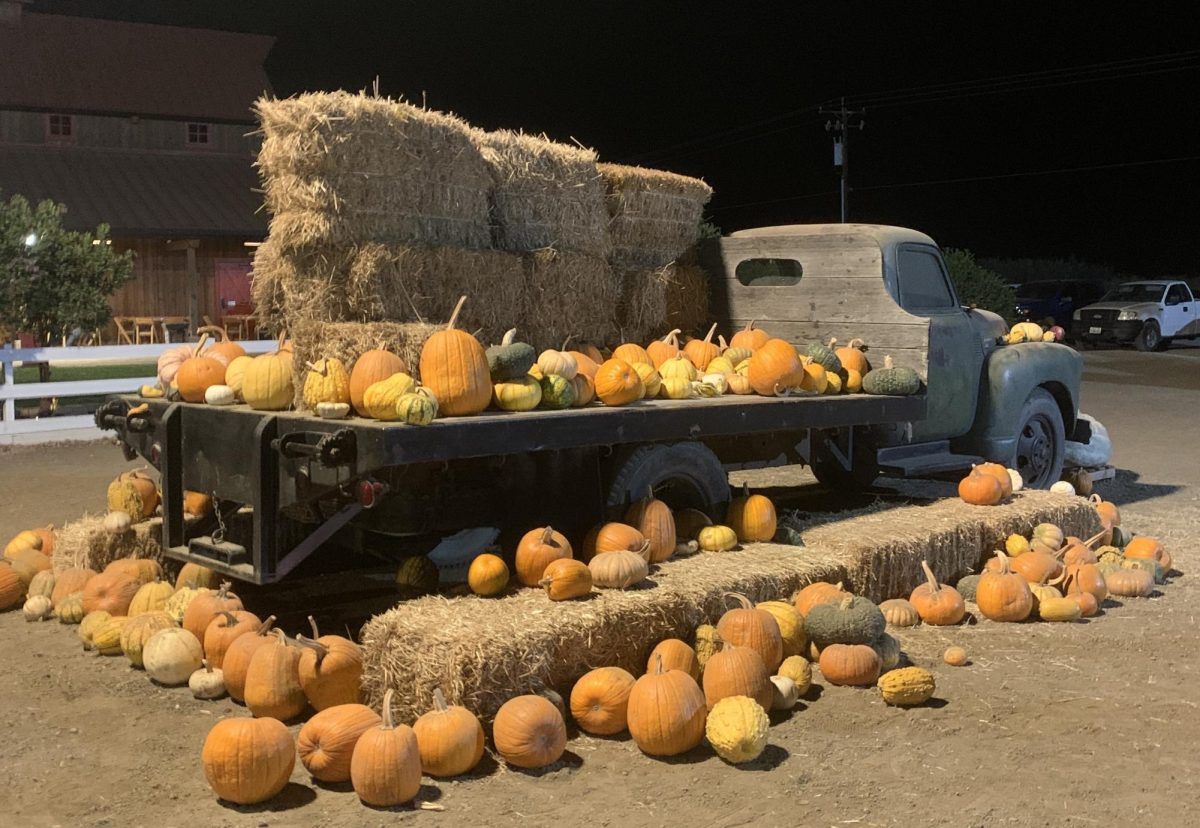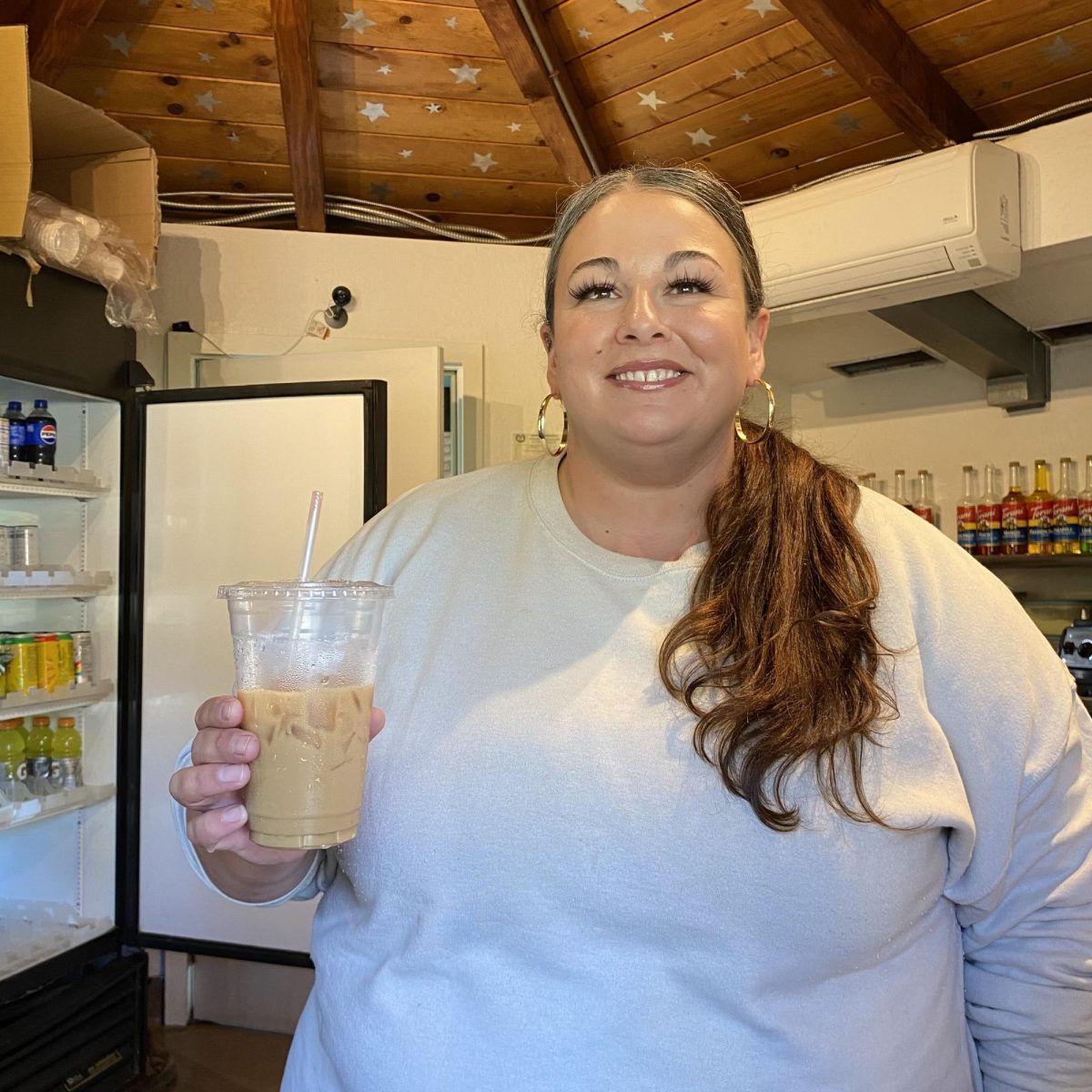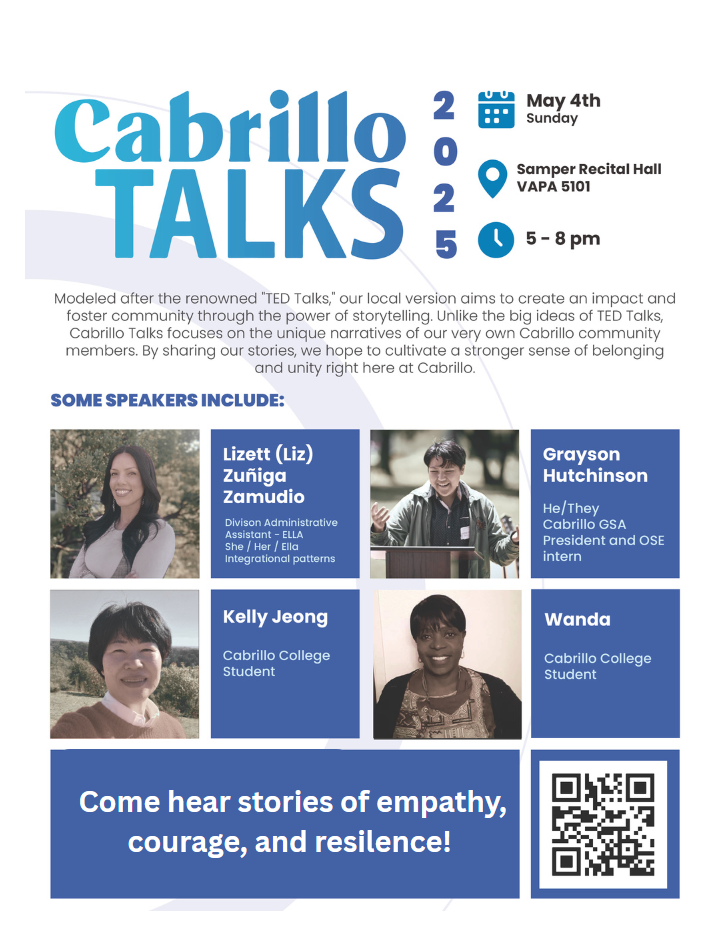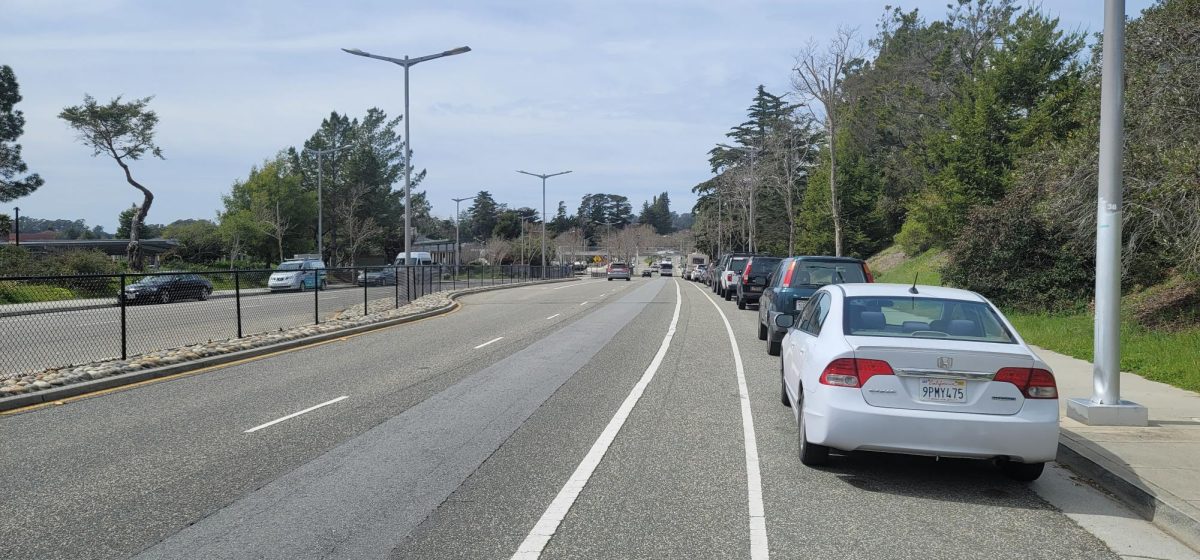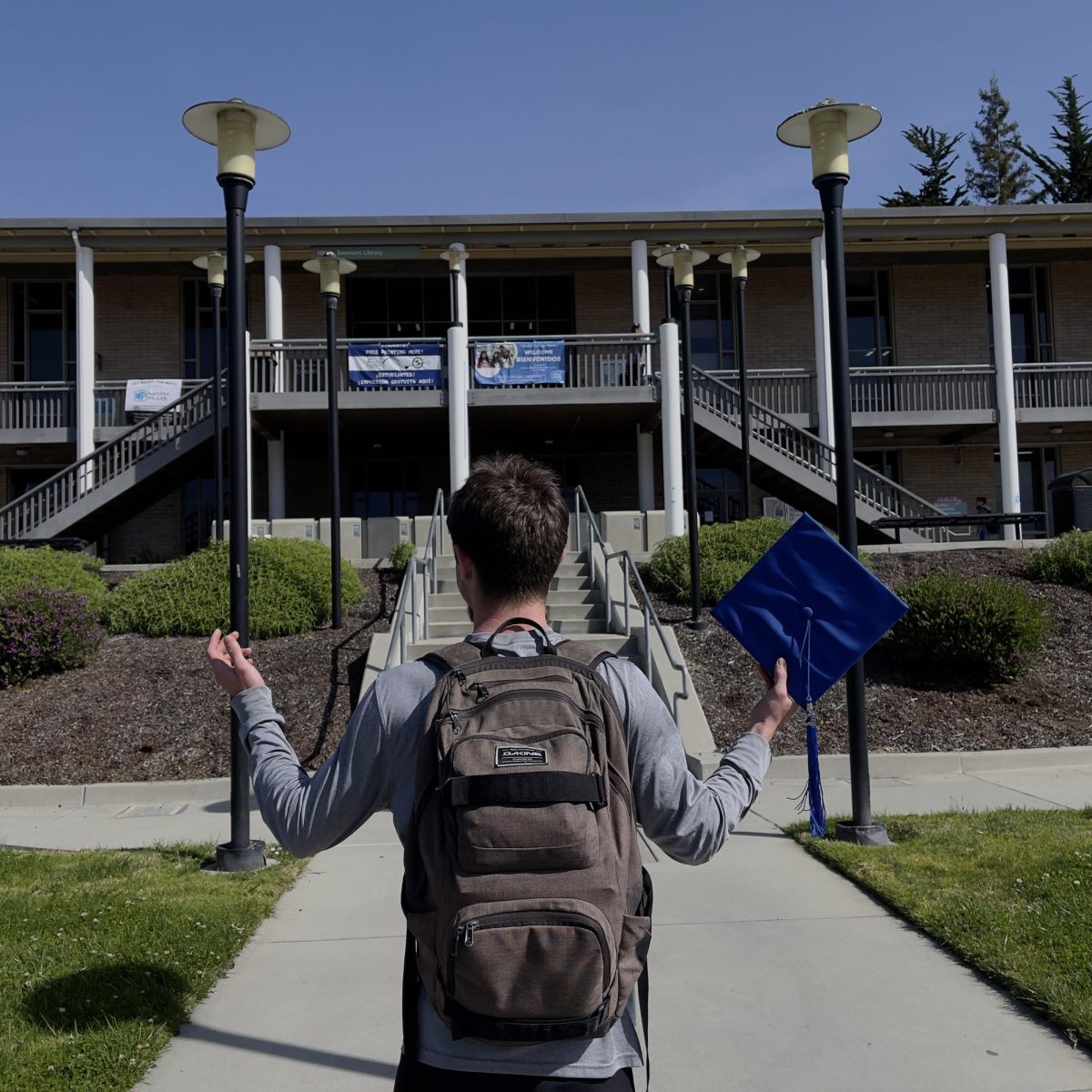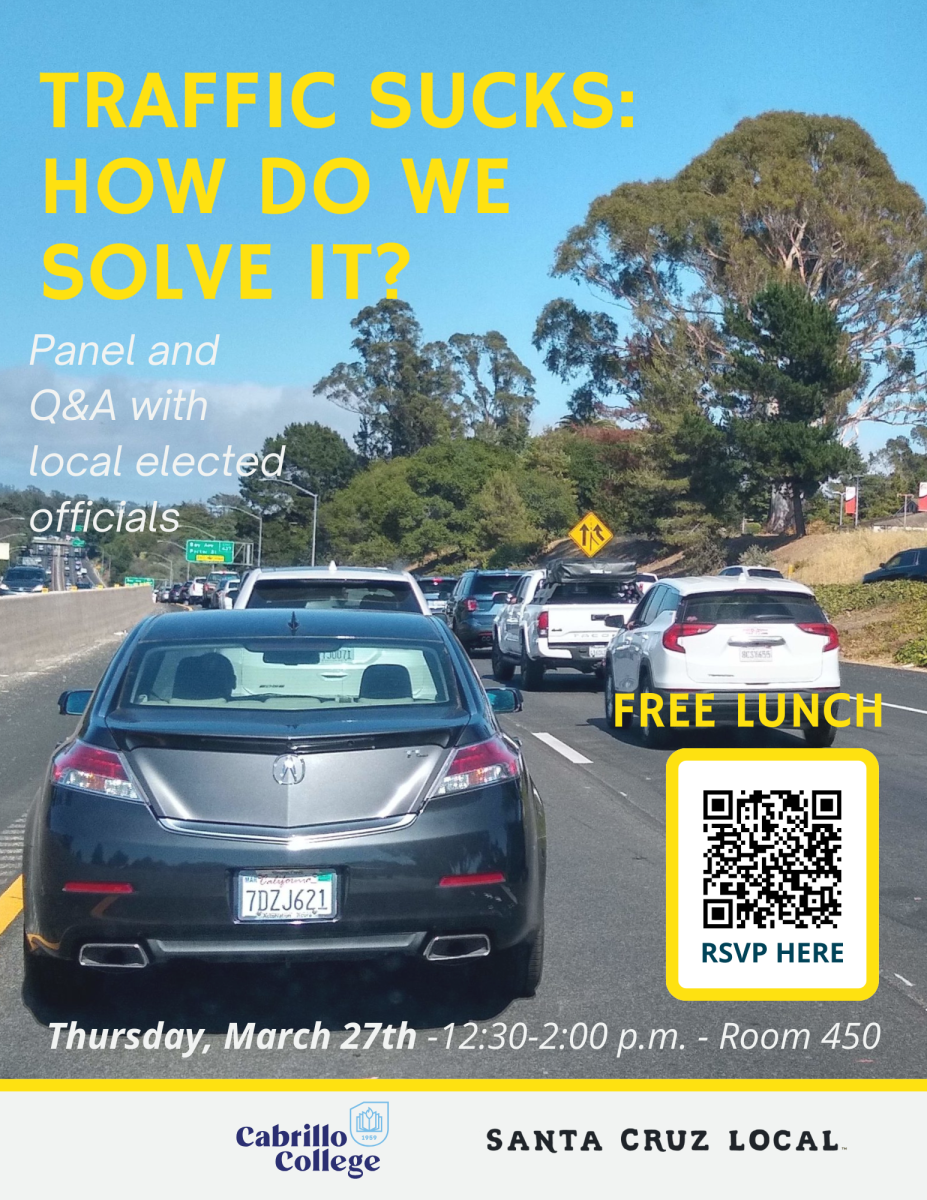Cabrillo’s enrollment has dropped 31 percent since 2008, a decline that an administrator attributes to the rising availability of jobs, increased cost of living, and statewide policy changes.
This semester, enrollment was down to 11,490, down from a peak of 16,653 in 2008, said Terence Willett, dean of research, planning, and institutional effectiveness.
Although the decline initially appeared to be driven by the financial crisis of 2008, since then, Willett said it’s become easier for students to find jobs, yet housing costs have risen. As a result, students have less time for school, and need to work more hours to pay rent.
Meanwhile, employment demand has increased enrollment in science and math, Willett said, but budget restrictions have limited Cabrillo’s ability to expand lab space to accommodate this shift.
However, the college is seeing increased interest in online and summer classes, suggesting that students are looking for more flexible scheduling for their education.
Dual enrollment, students enrolled at Cabrillo while still in high school, has also increased, Willett said, in response to outreach efforts and fee waivers. The school is also taking steps to increase enrollment of older adults and low-income people.
Willett said there was noticeable drop-off in Watsonville enrollment in Spring 2017, apparently in response to anxieties over the future of the Deferred Action for Childhood Arrivals immigration policy. Workshops offered by Cabrillo and other colleges nationwide seem to have limited that decline.
Willett said another factor in the decline is a statewide measure in 2014 that mandated that community college classes are no longer repeatable. While these efforts were meant to limit long-term repetition of classes like yoga, choir, and swimming, they also limited students’ ability to repeat classes in practical trade areas like dental hygiene.
As a result, the college has lost part-time students, especially lifelong learners who may not have been pursuing degrees.

